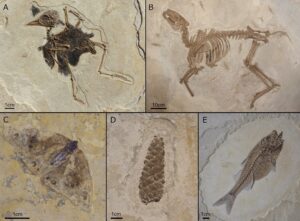Despite its paleontological importance, the Messel Pit was under threat to become a waste disposal site, and its eventual designation as the first Natural World Heritage UNESCO geosite in Germany followed an intense fight in which numerous principles of geoheritage and geoscience popularization were explored. The UNESCO agenda 2030 for sustainable development is the basis […]
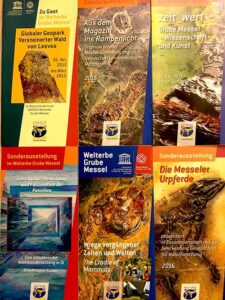
Carboniferous fossils from the Burren and Cliffs of Moher UNESCO Global Geopark, County Clare, Ireland are rated by their promotional potential in the form of celebrity A, B or C-listings. Trace fossils, crinoids, brachiopods, corals and vertebrates are the most exposed to public view at a number of high-profile visitor locations and the relative risk […]
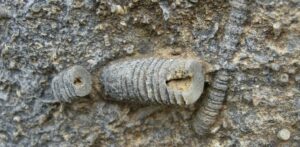
Anthropogenic climate change may result, within 200 years, in warm and equable climatic conditions not experienced on Earth for tens of millions of years. Ancient ecosystems under such “greenhouse” conditions may be seen as natural experiments, and their study may help us anticipate the future, should mediation fail. The Messel Pit, a UNESCO World Heritage […]
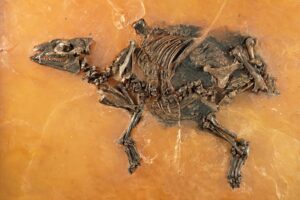
The Permian breccias, conglomerates and sandstones of the English Riviera UNESCO Global geopark were deposited in quite harsh, desert environments just north of the Permian Equator. Body fossil evidence is completely lacking but rare trace fossils provide evidence of a land-based community. There is a variety of traces present, probably indicative of the presence of […]
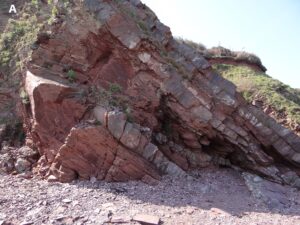
Some of the most spectacular fossil deposits of the European Tertiary are former maars located in old volcanic field areas. The Tertiary volcanic field of the High Eifel (THV) lies between the two Quaternary volcanic fields of the West and East Eifel and extends far into the West Eifel. The Eckfelder Maar lies on the […]
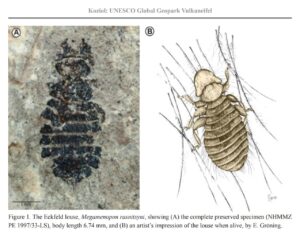
The Fossil Forest of the Aragoncillo Range is one of several paleontological sites of exceptional scientific value in the Sierra de Selas (Province of Guadalajara, central Spain). This shows an accumulation of silicified tree trunks along with well-preserved macro- and microflora of lower Permian age. This ancient forest, dominated by tree ferns and conifers, was […]
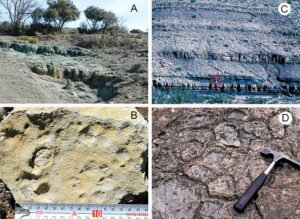
The Sobrarbe-Pirineos UNESCO Global Geopark, located in the Central Pyrenees, is a region of remarkable geodiversity that includes extensive Eocene fossil-bearing sites and constitutes an important archive of paleobiodiversity. The Sobrarbe-Pirineos Geopark hosts outcrops of Eocene formations bearing an unusual abundance and diversity of fossils from marine and continental sedimentary environments, making the Sobrarbe-Pirineos Geopark […]
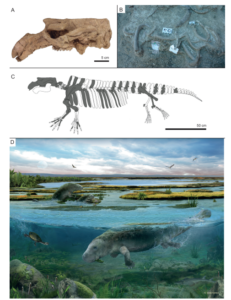
The “phosphatières du Quercy” are karstic fillings exploited for phosphate at the end of the 19th century. They yield countless continental fossils through some 30 million years, ranging from late early Eocene to early Miocene. This exceptional paleontological series documents the ‘Grande Coupure’, a major biogeographical event involving a profound renewal of vertebrate faunas, recorded […]
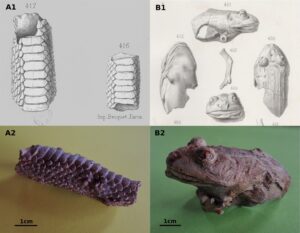
Some of the most interesting paleontological heritage of the Liguria Region is in the Beigua UNESCO Global Geopark, in Savona Province. The Geopark is characterized by high geodiversity and strong tourist traffic, being easily accessible and already having geological and paleontological visitor centers. The geosites of Stella Santa Giustina (SSG) and Maddalena–Ponte Prina (MPP) are […]
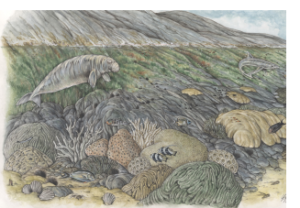
The Luberon early Oligocene fossil Lagerstätte yields exquisitely well-preserved fossils as testified by the remains of articulated skeletons, skin outlines, feathers and original pigmentation patterns. The fossils include plants, insects, amphibians, reptiles, birds and mammals from ancient lacustrine-terrestrial ecosystems of the early Oligocene. The fossil birds are especially important, including one of the most complete specimens […]
